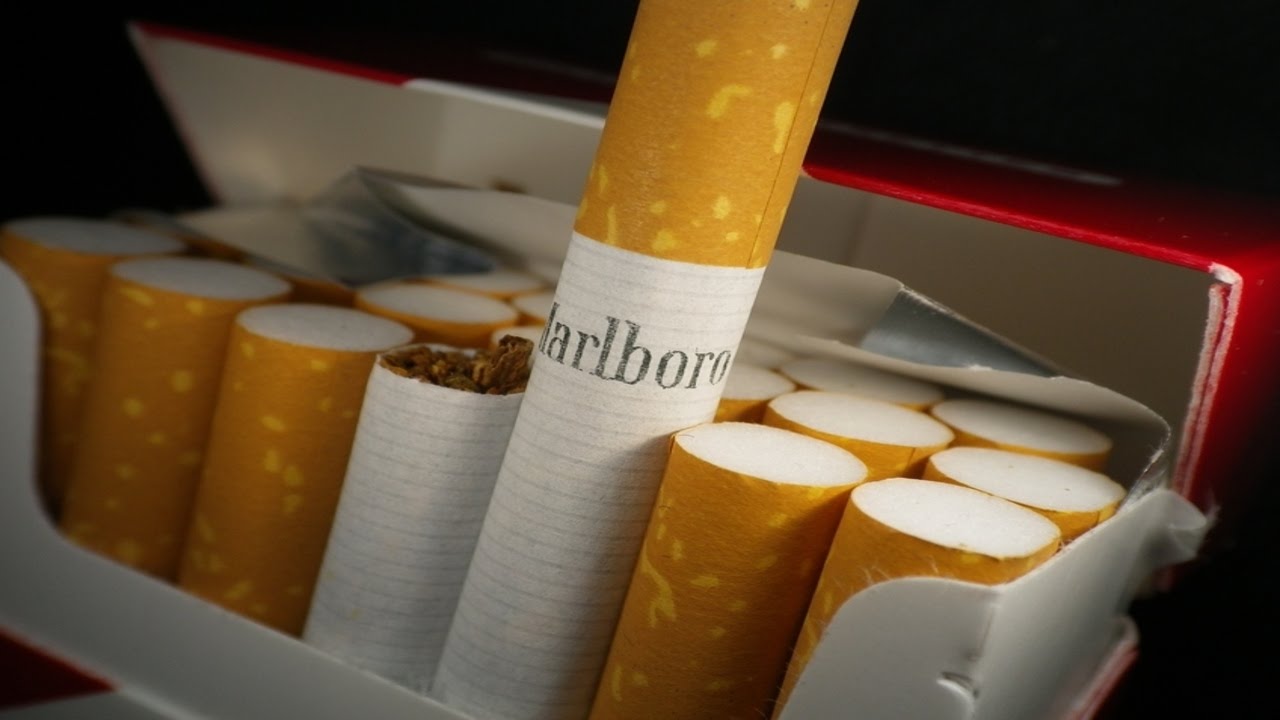Along the Nicotine Trail – Following the Path of Nicotine Through the Body
Ever wondered what happens when you take that deep pull on a cigarette. You get that familiar tug in the lungs, the flood of relief, the clarity, the ah! factor. But what’s that nicotine doing inside you? Read on and find out.
As you draw in that first draft of smoke, it passes past your larynx, surges down your esophagus and goes along the two bronchi to the bronchioles that make up your lungs. Here it meets the alveoli, the little sacs where the oxygen that you breathe is taken up by the hemoglobin in your blood.
The alveoli are a wonderful creation of nature. They provide an absorption surface for oxygen with an area 90 times the surface of you skin. When the tobacco smoke hits the alveoli, the nicotine and other chemicals are rapidly absorbed into the bloodstream where is quickly makes its way to your brain and all over your body.
Less than ten seconds after taking that puff, nicotine hits the brain, its main sphere of influence. Nicotine is a psychoactive drug meaning it affects brain chemistry. It does this in many ways, one of which is especially insidious. It causes the release of dopamine a chemical naturally produced in the body. Dopamine works on the reward pathways that result in the pleasurable feeling we get after doing something good. In this case, nicotine tricks the neuroreceptors in the brain to giving us the feel good factor for doing something dumb – smoking cigarettes.
Meanwhile nicotine is causing your adrenal glands to release adrenalin causing the rise in pulse rate and blood pressure and release of glucose. At the same time, nicotine is telling the pancreas to reduce its output of insulin leading to a high blood sugar level. Your heartbeat rises by up to 30 percent
All these reactions in the body combine to form the rush that smokers live for.
As this happens, nicotine is causing the stomach to increase its acid secretions. With many smokers skipping meals, this has many unpleasant consequences such as gastric ulcers.
But the worst thing is that nicotine doesn’t come alone. It brings over 4000 cohorts ready to do damage to your body. While the nicotine is working on your brain and keeping you addicted, the other chemicals in smoke are busy destroying other parts of your body. These include tar, arsenic a deadly poison used to make rat poison, ammonia an ingredient in floor cleaners, and butane which you’ll find in your cigarette lighter,
To give just a few examples. Under the onslaught of smoke, the walls between the alveoli sacs break down. Once destroyed, they never grow back. This can lead to chronic conditions such as emphysema. The smoke also paralyzes cilia, the little hair-like sweepers that clean your lungs. When you most need protection, your cleaners are being incapacitated.
In addition, the chemicals in tobacco smoke damage the walls of blood vessels. This allows a faster build up of plaques increasing the risk of heart disease by hastening arteriosclerosis.
Nicotine has a short but devastating life in the human body. With a half-life of one hour, it’s almost gone in six hours. Except that the average smoker has lit up ten times during that period repeating the devastating cycle.
Some 80 percent of nicotine is processed by liver enzymes and most of the rest filtered out by the kidneys.
Many of the other chemicals in tobacco smoke are more dangerous than nicotine. But nicotine is the master without which they would never enter your body.
Recognizing nicotine for what it is is a key step to conquering tobacco addiction.
Along the Nicotine Trail – Following the Path of Nicotine Through the Body by Lloyd Morgan



